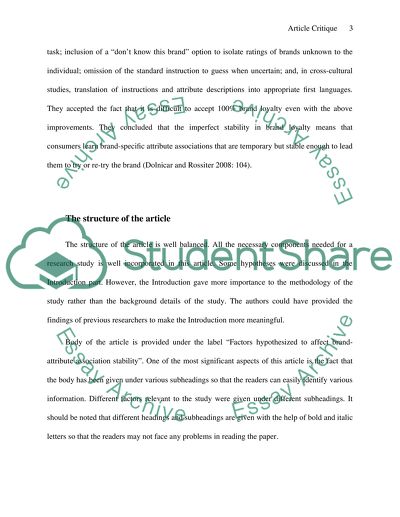Cite this document
(“Article Critique: The Low Stability of Brand-Attribute Assosications Essay”, n.d.)
Article Critique: The Low Stability of Brand-Attribute Assosications Essay. Retrieved from https://studentshare.org/marketing/1453647-article-critique-writing
Article Critique: The Low Stability of Brand-Attribute Assosications Essay. Retrieved from https://studentshare.org/marketing/1453647-article-critique-writing
(Article Critique: The Low Stability of Brand-Attribute Assosications Essay)
Article Critique: The Low Stability of Brand-Attribute Assosications Essay. https://studentshare.org/marketing/1453647-article-critique-writing.
Article Critique: The Low Stability of Brand-Attribute Assosications Essay. https://studentshare.org/marketing/1453647-article-critique-writing.
“Article Critique: The Low Stability of Brand-Attribute Assosications Essay”, n.d. https://studentshare.org/marketing/1453647-article-critique-writing.


